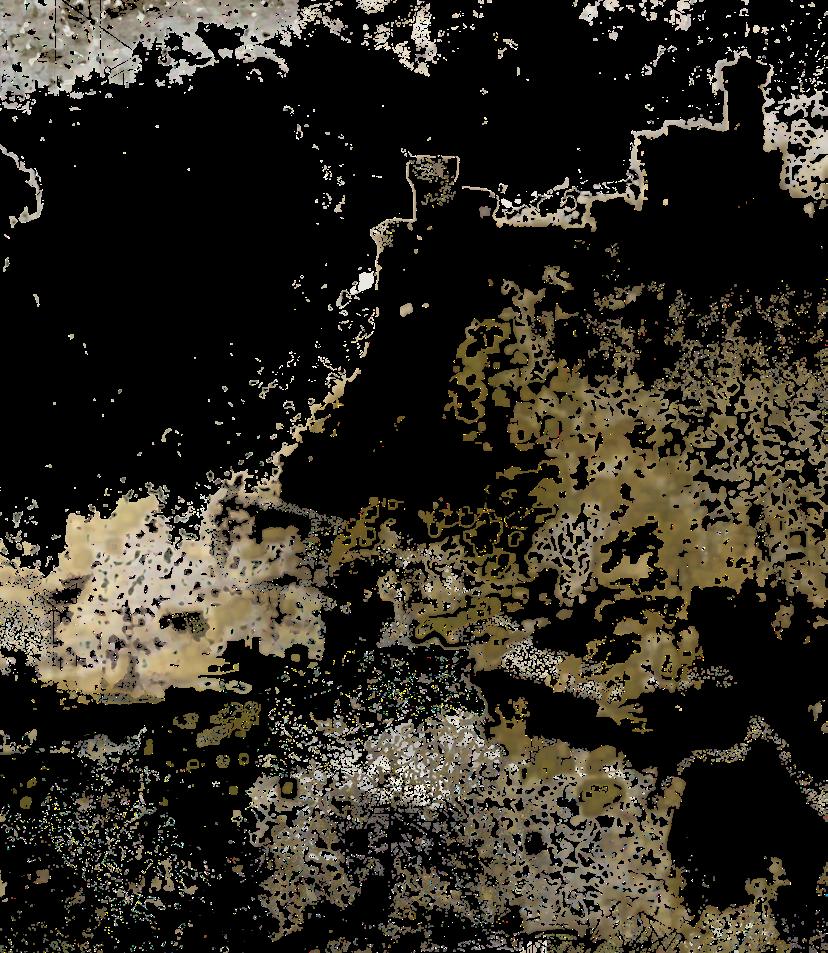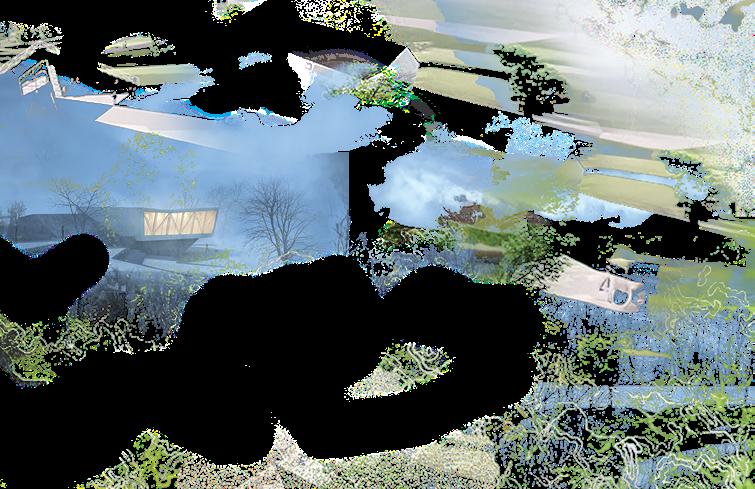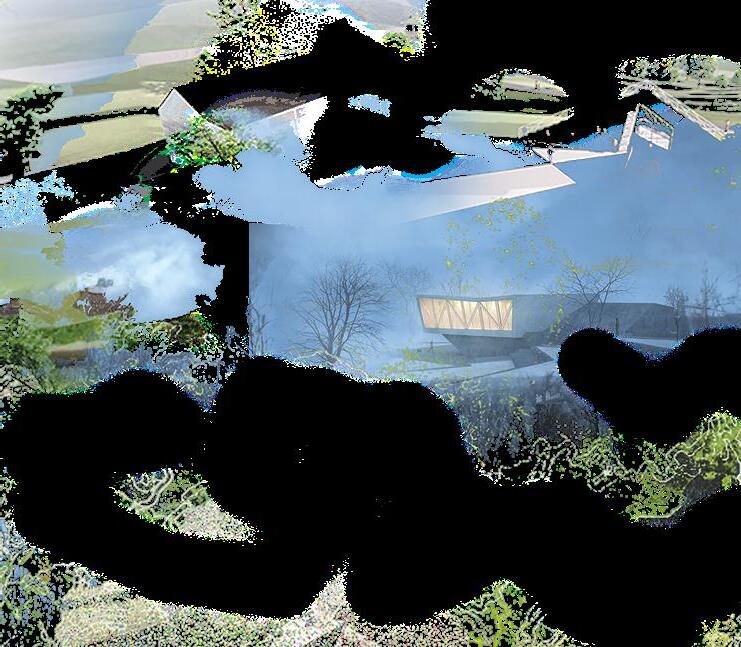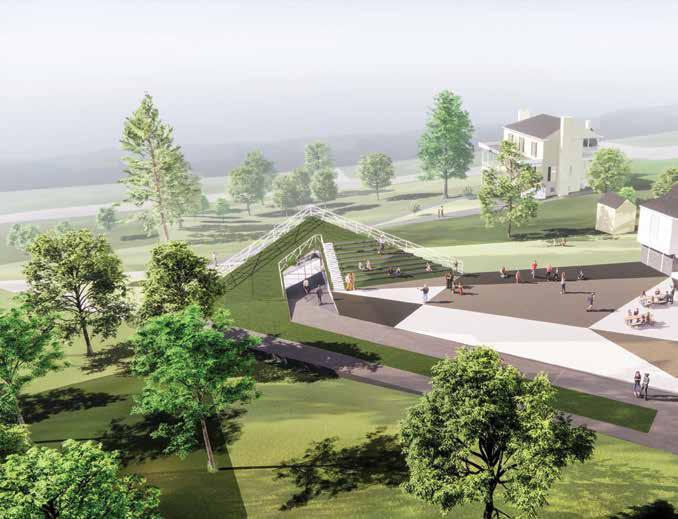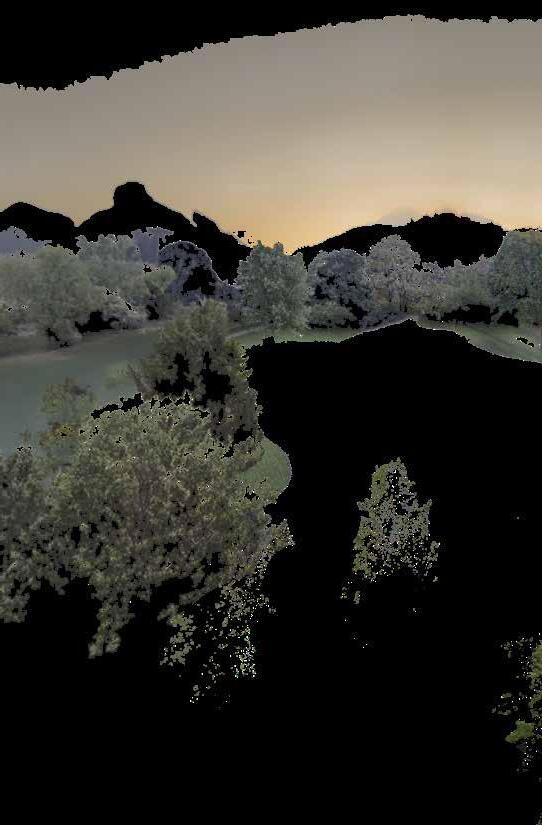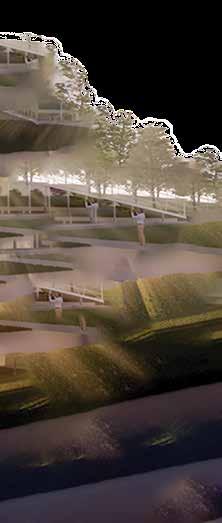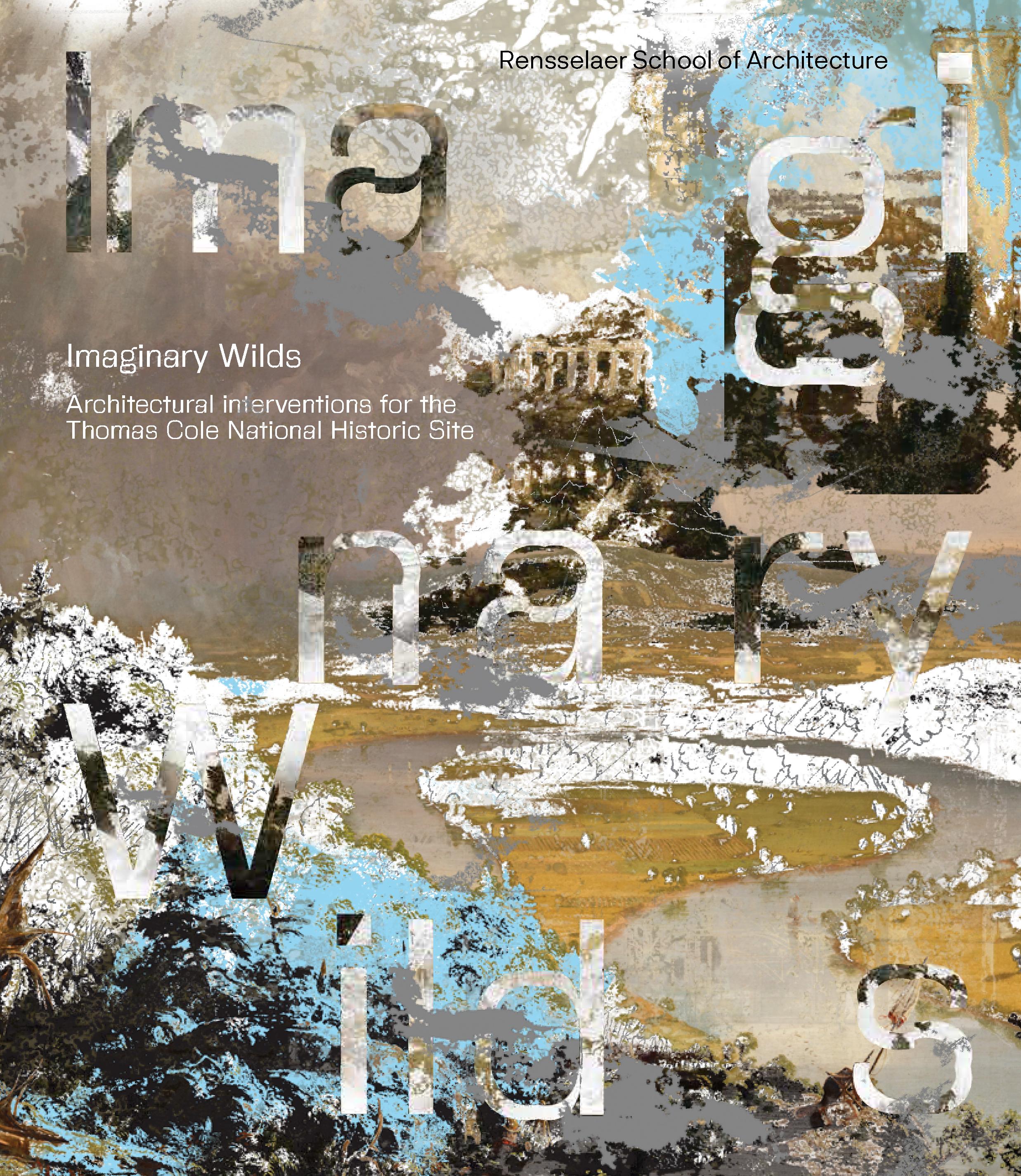

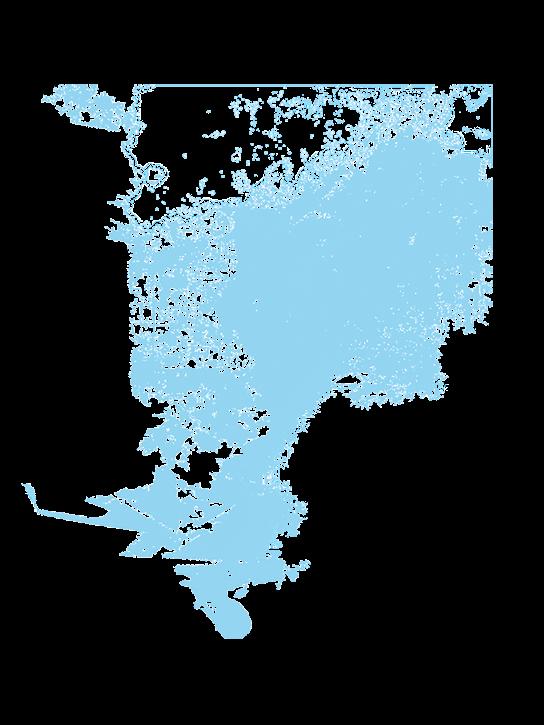

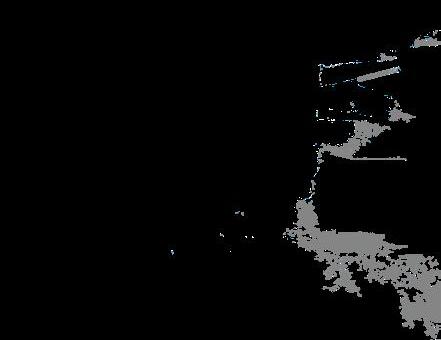

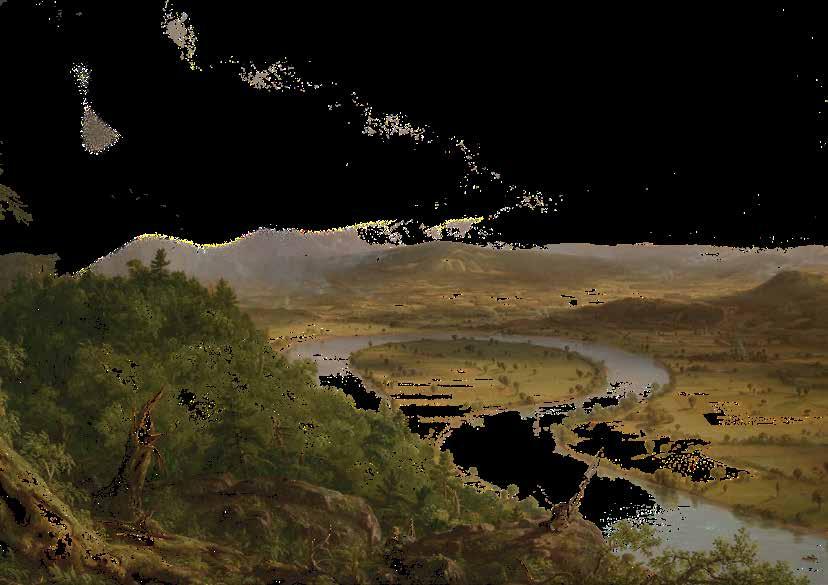
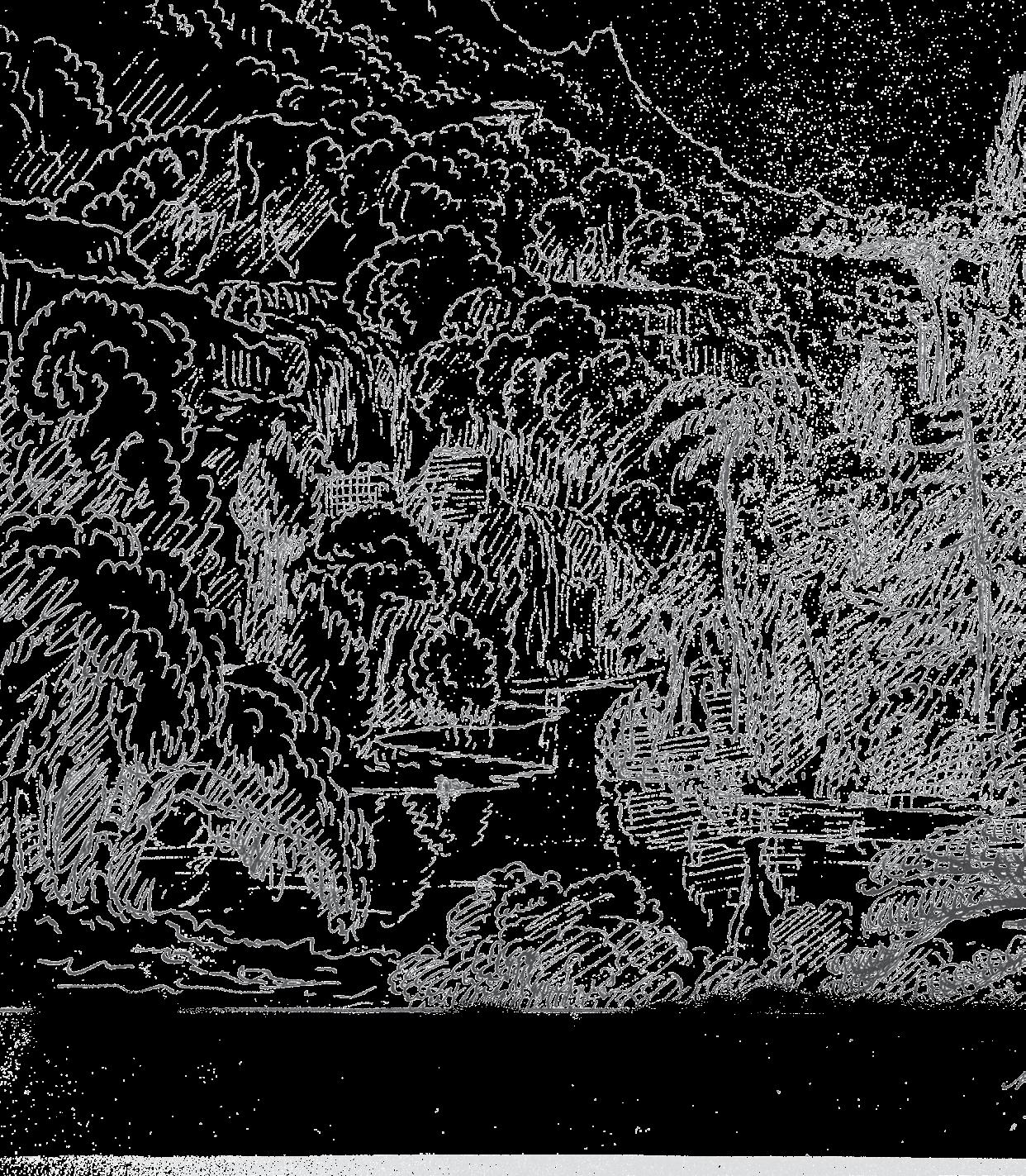
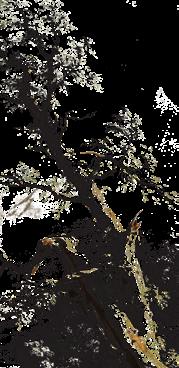











Adam Dayem
If the imagination is shackled, and nothing is described but what we see, seldom will anything great be produced either in Painting or Poetry.
Thomas Cole 1
An interpretation of any complex and nuanced artistic legacy is, to some extent, a reflection of the individual making the interpretation—a reflection of their particular time and point of view. And this is the case with the legacy of Thomas Cole, who, as the founder of the Hudson River School, did much to establish the legitimacy of American landscape art. In a relatively short period from the 1820s until his untimely death in 1848, Cole made a series of masterwork paintings on the American landscape. These paintings, along with his limited writings, have left a compelling and sometimes contradictory legacy with regard to natural landscapes, and humans’ relationships with them.
Cole’s legacy continues to be relevant and worthy of study today, nearly two hundred years after his career, because he approached nature as both material and conceptual conditions. In his essay “Lecture on Art,” he says, “by Imitation is not to be understood the vulgar notion, that copying whatever nature presents in her everyday garb…is the perfection of Artistic power.” Instead, “True Imitation selects from the great world around us the characteristic, the sublime and the beautiful; in its alembic separates the true from the accidental.” The alchemy of the artist is in selecting, editing, and enhancing visions of the natural landscape so that “Art becomes the exponent of Nature’s highest qualities.” 2 The subjects of many of Cole’s paintings include the environment he chose to surround himself with: the Catskill Mountains, the Connecticut River Valley, Kaaterskill Falls, etc., but the aspiration of his art was ultimately to convey an idea about nature, and humans’ relationship to it, which he extrapolated from the landscapes he inhabited. As such, Cole was engaging nature as both a real and an ideal condition. And he was doing this in a time of major cultural upheaval, as rapid industrialization in the early nineteenth century was fundamentally changing


humans’ ability to inhabit and alter their environments. The result is that his work sustains a level of complexity that can be interpreted in different ways, and these interpretations can offer perspective on the cultural upheavals we are experiencing in our own time, specifically with regard to the environments we inhabit.
The complexity of Cole’s legacy, and thus its relevance from a contemporary standpoint, is not necessarily found in the work of his successors in the Hudson River School movement. In the work of Albert Bierstadt for instance (figure 1), who came to prominence in the 1860s, Aaron Sachs finds that “you don’t see the nitty-gritty questioning of exactly how American civilization ought to develop; you don’t see paintings explicitly asking what the American relationship to the environment ought to be.” 3 Complexity is lost, and you see gloriously uncomplicated visions of nature—sanitized and controlled—paving the way for Manifest Destiny. In Cole on the other hand, one sees complex relationships playing out between the utilitarian drive of human development, and the intellectual and spiritual desire to preserve the natural landscape. While Cole generally positioned himself on the side of more preservation, he was not opposed to commerce within limits. What made him uneasy was the erosion of moral, social, and institutional restraints on
rampant individualism.4 This is well represented by the second painting in The Course of Empire (1833–1836), a work which consists of five canvases: The Savage State, The Arcadian or Pastoral State, The Consummation of Empire, Destruction, and Desolation, sequentially depicting five stages of human development in relationship to nature. The Savage State represents nature before it is inhabited by humans, the Indigenous people represented in the painting not being fully human in Cole’s estimation.5 The Arcadian or Pastoral State (figure 2) represents humans who have begun altering the landscape by adding a limited number of architectural elements and domesticating animals. These interventions are represented in a picturesque manner, and depict humans living in harmony with nature.6 The subsequent canvas, Consummation of Empire, represents the conquest of nature and the pinnacle of human development, which leads to the decline of civilization in Destruction, and finally to Desolation, where artifacts of human development have been abandoned and overtaken by nature.
While it was not generally received as such, Cole intended The Course of Empire to be a parable for the United States.7 Its message was that unchecked development fueled by greed and disregard for nature would lead to corruption and eventually the destruction of the nation. As Angela Miller describes it, this message could be interpreted as a highly conservative one in favor of maintaining hierarchical power structures capable of limiting development in the face of cultural change, which was being brought about by Jacksonian Democrats.8 Limiting development of natural landscapes would allow the nation to preserve an arcadian state, and thus avoid the fate depicted in The Course of Empire. Cole’s conservatism might also be inferred from some of his social relations. In order to maintain his artistic practice, Cole had to behave and produce work in the good graces of wealthy patrons. Preserving status quo power structures would certainly be beneficial to these individuals.9
Alternatively, Cole’s legacy could be interpreted as a more progressive one which, while not necessarily embracing radical cultural shifts, would at least consider them with a degree of ambivalence and uncertainty. For example, The Oxbow (1836) represents a landscape split in half, one side containing a calm, pastoral scene in the Connecticut River Valley, and the other a wild forest and ominous storm (figure 3). The two sides of the painting are held in tension with each other. As Sachs notes, “the wild and calm are never in perfect balance…and no one knows what the next storm will bring.” Sachs goes on to observe that the painting engages “with all the complexities of our relationship to nature,” and it “is a poignant acknowledgment that in order to live we must constantly use up the resources we depend on…every step toward a seemingly more settled existence also undermines the stability of our habitat.” 10 Rather than describing Cole as making a conservative argument for limiting development

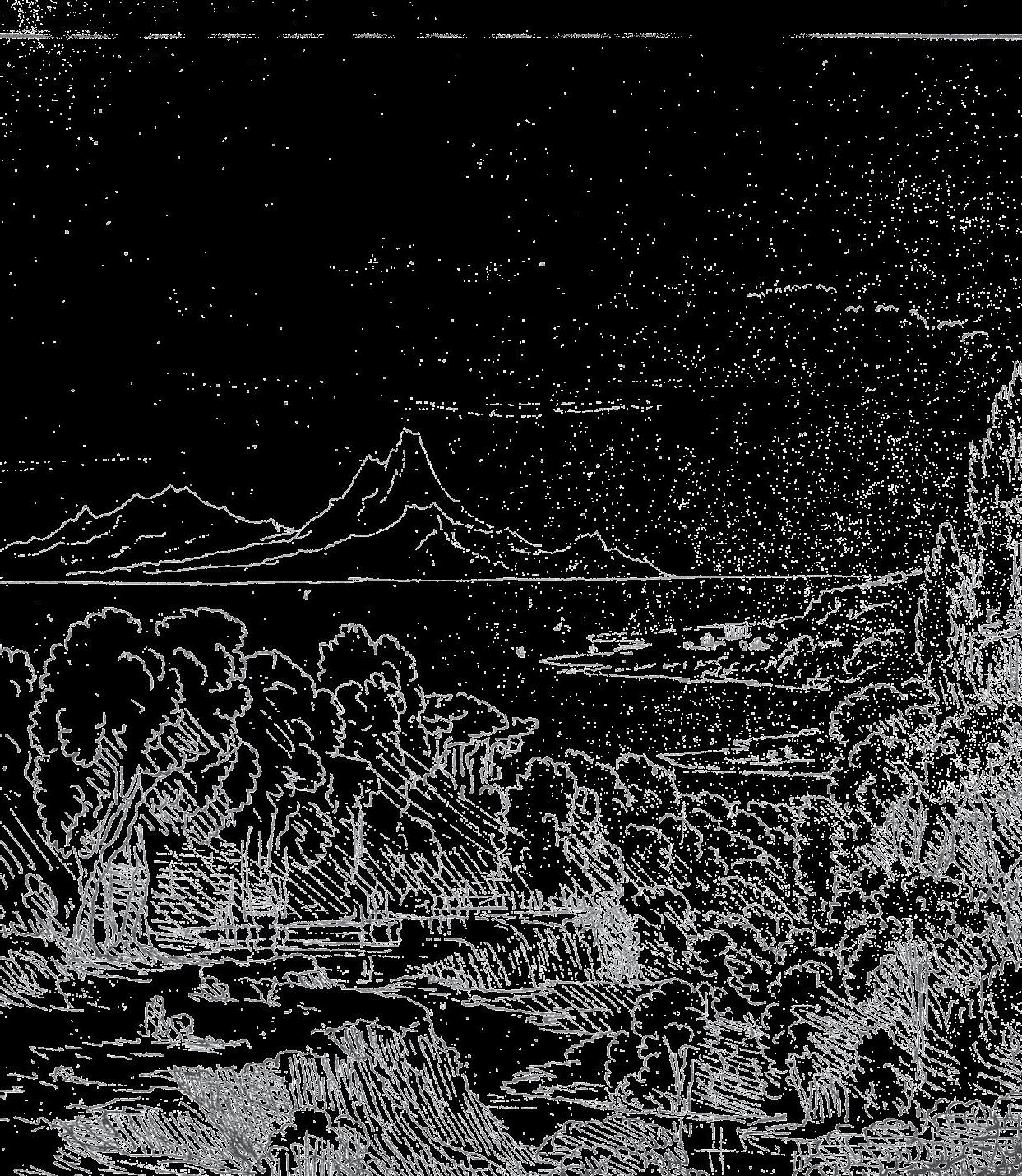

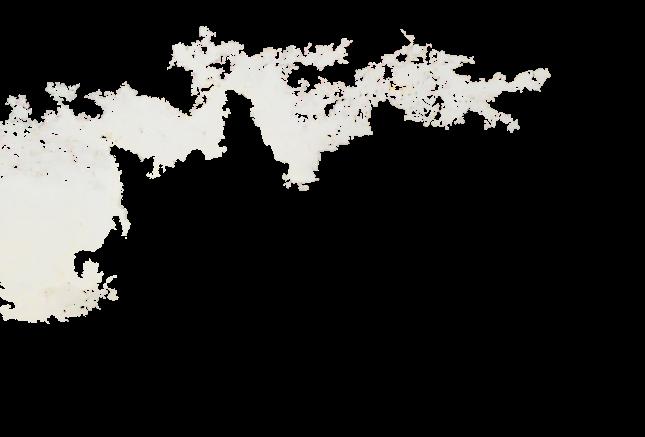
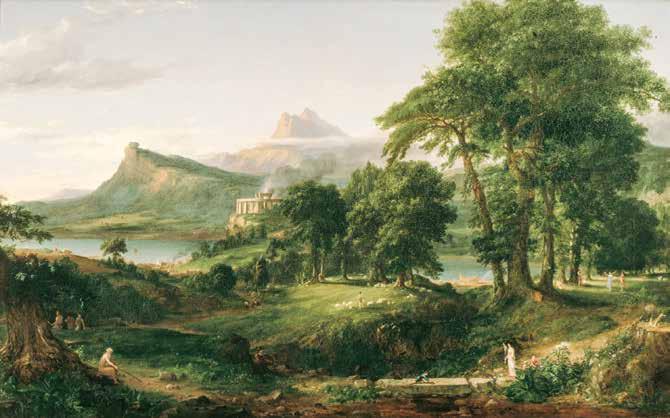
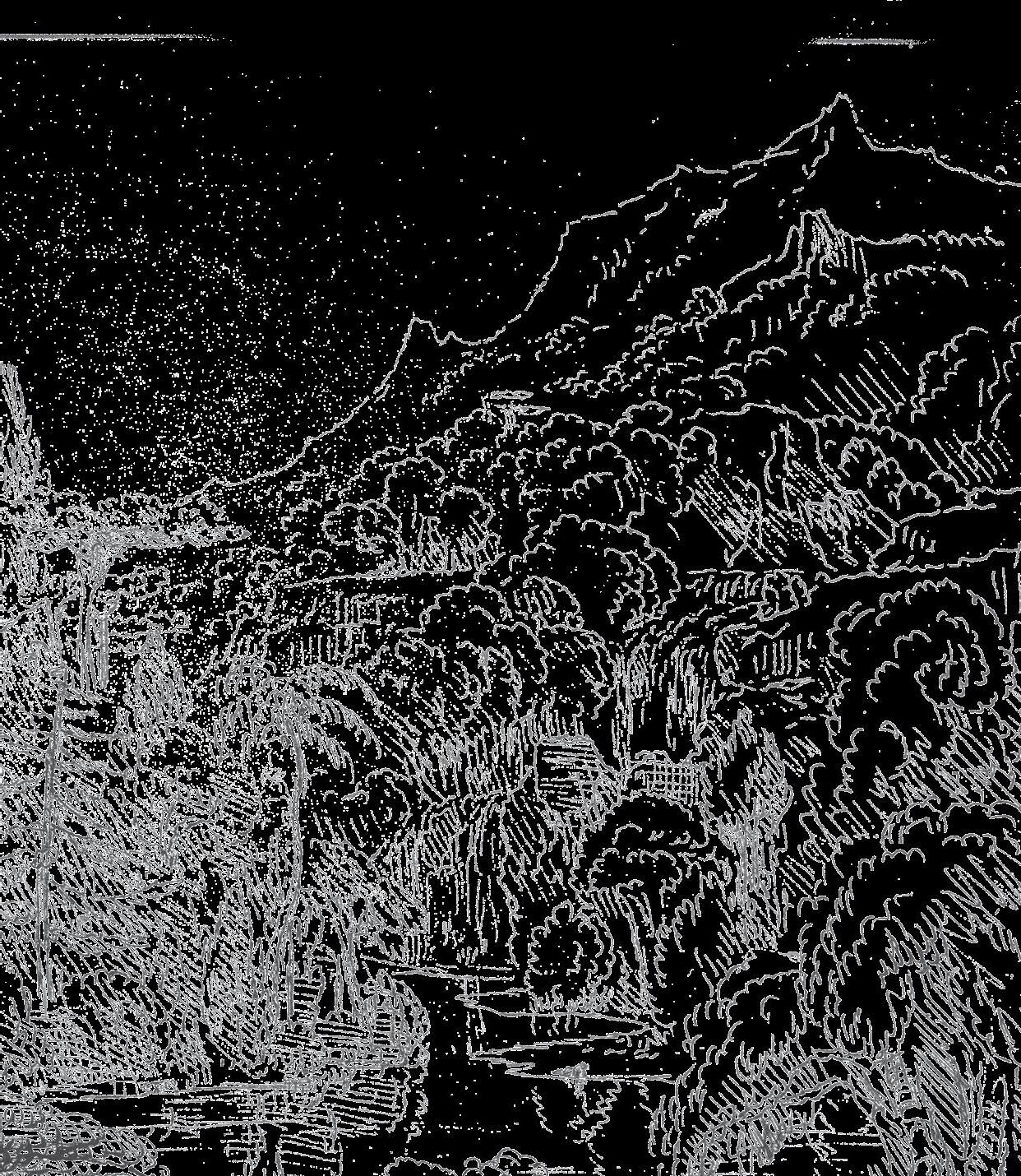

If the isolation of nature into a “preserve” only pushes development and pollution somewhere else—somewhere deemed less special— a similar thing can be said about history. The establishment of a place as historic can have the effect of making everything around it nonhistoric, and thus up for grabs. The act of historic preservation can also divide the landscape in two.
Potentially, the physical and institutional transformation of Cedar Grove into the Thomas Cole National Historic Site could at once isolate it from its local context and help transform that context. Such changes may not be the institution’s intention, but it would also be beyond its control. The economic and social changes happening up and down the Hudson Valley, i.e., its gentrification, are the results of a myriad of factors. Still, TCNHS could exacerbate and accelerate them by reinforcing the division between history and everyday life.
Importantly, it is distinctly not doing this. Its vision of preservation and restoration and history is an inclusive one. Recent curatorial efforts foreground the presence of the many until now marginalized actors and agents who envisioned, occupied, built, and maintained the buildings and landscapes of Cedar Grove. Instead of creating a nostalgic image of an unchanging, pristine, and aestheticized world, it is exposing and highlighting the intersection of different worlds. This is happening in the displays within the main house, but also in the contemporary exhibitions it curates and the research it sponsors.12 In other words, it is focusing on the history of the site, not its myth.
This means telling a series of individual stories about the many people who had contact with the site. Stories that include those of the sisters, servants, and slaves of the men who owned Cedar Grove and made it famous. This means locating the construction of the Main House within a network of settler colonialism, slavery, and industrialization, as this is where the capital for its creation came from.13 In addition to actively taking part in triangular trade, Cole’s in-laws, the Thomsons, managed ferry and cargo ships on the Hudson, and invested in railroads that would link Catskill to the rest of the region (figure 2).14
In short, the Thomson family’s business dealings were in direct conflict with Cole’s stated position on the relationship between nature and commerce. Yet he lived under their roof.15 How to account for this? Was he a hypocrite, benefiting from practices he otherwise maligned? Was he a pragmatist, working to change minds from inside a place of privilege? Was his presentation of a pure landscape an attempt to reconcile these contradictions at the level of myth? Or did he compartmentalize these contradictions? Did the presence of these forces in his daily life inspire him to create a vision of the future where both worlds could exist, but in isolation from one another?
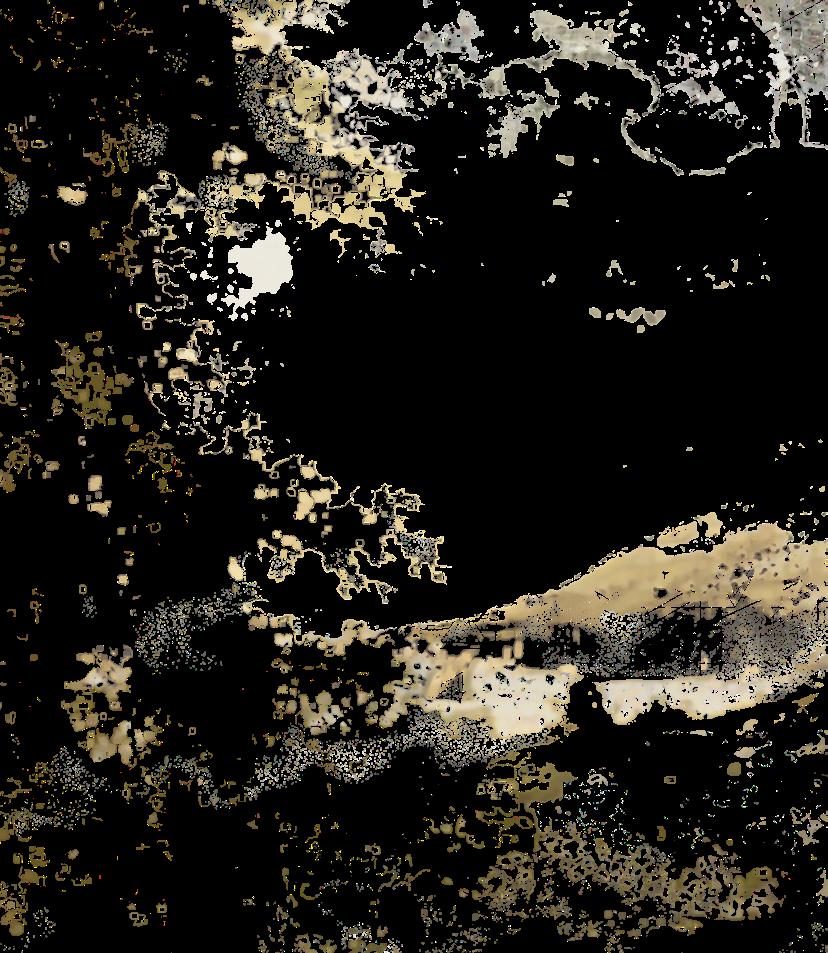
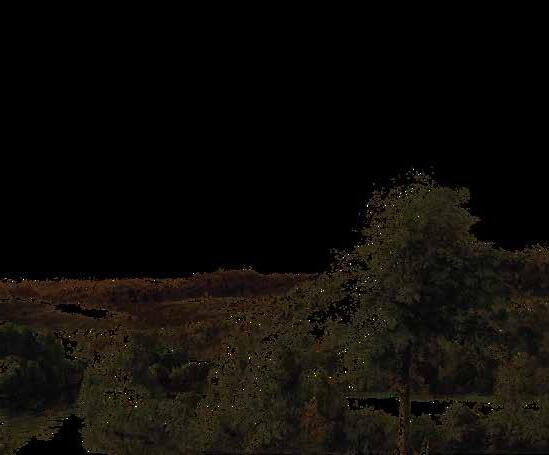
These are relevant questions. Answering them exposes one to the risk of nostalgia—that is, the risk of presenting a past that we long to expose but cannot be completely sure ever happened. Some histories are hard to prove. They lack enough artifactual and archival evidence. Describing them requires speculative narratives and leaps of scholarly interpretation to complement the facts at hand. They require fiction—not as a lie but as a synthetic narrative that links fragmented facts with one another.16 The need for such stories suggests that undermining an entrenched myth cannot be achieved simply by exposing the truth. It might also require the establishment of a new myth.
The inclusive history being done at the TCNHS is based on facts found in textual and physical archives. Bringing these facts to life has generated a new set of stories about Cedar Grove, and has produced questions about Cole’s relationship to it and its environs. These narratives not only present an expanded notion of the past, but, like Cole’s work, they come with a longing for a different, more diverse, and just future. Call them speculative nostalgias, that is, a future anterior that may or may not come to pass.
